The Electoral College is a long-standing institution in United States history. While it does have its detractors, and the occasional controversy, the system has seemingly worked quite well throughout time. The number of total electoral votes is determined by adding together the number of senators (100) and the number of representatives (currently 438). The candidate must get the majority of these votes. The number changes every couple of elections (due to changing population and number of representatives), but the current number needed is 270.
I've put together a few maps that show the various ways Hillary Clinton and Donald Trump can achieve the majority, including state-by-state polling, hypothetical situations, expert predictions, and own my personal prognosis.
The Big Picture
Nate Silver at FiveThirtyEight has successfully predicted the electoral outcome in 2008 (49 out of 50 states) and 2012 (50 out of 50 states). He has created a poll model which assigns each candidate their mathematical "chances" of winning. This is the current model, as of Sunday, August 7.
Nate's polls-only model shows Clinton having a 83.4 percent chance of becoming the 45th President of the United States, based on where the polls are right now. He predicts Clinton will win 353 electoral votes, and Trump will win 185.
Similarly, Sabato's Crystal Ball via the University of Virginia Center for Politics shows Clinton claiming victory in November.
Based on polling averages, Larry J. Sabato predicts Trump will win 191 electoral votes, and Clinton will receive 347.
Swing States
Some states are easy to predict which direction they will vote. Deep red states, like Alabama, Tennessee, and Wyoming, are almost certain to vote Republican. Deep blue states, like California, New York, and Vermont, almost always vote Democrat. Then there are some states that are hard to predict, called swing states. These states teeter between the two parties, depending on the election. Let's take a look at a few of those states, as well as their most recent polls.
No Republican has ever won the presidency without winning the state of Ohio. It's a crucial state for both candidates, and has 18 electoral votes to give. The most recent polling average from the state of Ohio has Clinton winning by a thin margin, 42.6 to 41.8. However, Ohio Governor John Kasich recently said Trump is fighting an uphill battle in Ohio.
Florida became the single most important state in the 2000 election, when George W. Bush narrowly beat Al Gore by taking Florida. It has been a swing state ever since. Bush carried it again in 2004, but Obama took it back to the Democrats in 2008 and 2012 (though Mitt Romney gave him a run for his money). A recent Suffolk University poll has Clinton leading by 6 points (48 to 42). Trump has said he thinks he can win Florida, and he'll need the state's 29 electoral votes.
Republicans haven't won the state of Pennsylvania since 1988, when George H.W. Bush beat Michael Dukakis. Most political minds wouldn't have dreamed it would be a swing state this election, but the "Keystone State" has been at the center of the conversation for months. This is due to the type of candidate Donald Trump is and the type of message he's preaching. Pennsylvania is full of blue collar workers who appreciate that Trump seems to understand their difficulty. He even won 70 out of their 71 delegates during the Pennsylvania primary. However, a new Franklin and Marshall University poll show him trailing Hillary Clinton by 11 points (49 to 38 percent). That's a devastating number for someone who was expected to do so well in this state.
How Can Trump Win?
Republicans already have an electoral disadvantage. More people lean blue than they do red, particularly in presidential politics. If you're a fan of Donald Trump, you're either feeling pretty bummed out or reasonably angry at me for suggesting he may not be doing so hot. Don't be mad at me! Be mad at math.
But Donald Trump still has an opportunity to win. He just has to be precise in where he puts his focus. Trump's campaign has been outspoken about their "Rust Belt" strategy, focusing on states like Ohio, Pennsylvania, and Michigan. If Trump wins all three of these states, in addition to Florida, he wins. This is what that could look like.
It's possible that Trump could still win states like North Carolina and Nevada, but it is almost crucial that he wins Ohio, Pennsylvania, and Florida. Without those three states, I just don't see there being an electoral path to the presidency for Mr. Trump.
My Electoral Prediction
I'm not 100% convinced this is what the map will look like in November. However, based on recent polling and personal opinion, I've put together what I think it could look like. The lighter colored states are ones that are just leaning towards the respective parties. A recent poll in Georgia actually shows Hillary Clinton ahead of Donald Trump, which is a real surprise considering how red it normally is. Arizona also has the potential to go for Clinton, especially due to the large Hispanic population in the state. I have Indiana and Utah slightly leaning towards Trump for now. Indiana went for Obama in 2008, but switched to Romney in 2012, meaning it could go either way. I give Donald Trump the slight advantage in the state, because that's where his running mate is from. Utah is normally a pretty solid Republican state, but the large population of Mormons in the state and Trump's continued attacks on Mitt Romney have made the state less of a sure thing.
This election has been unpredictable and surprising at every turn, so anything is possible. We still have three presidential debates and one vice presidential debate, which tend to make differences in polls. However, September is typically the month when the polls start to steady, so time is of the essence. Regardless of who is going to win, it's important for you to get out and vote on November 8, 2016!




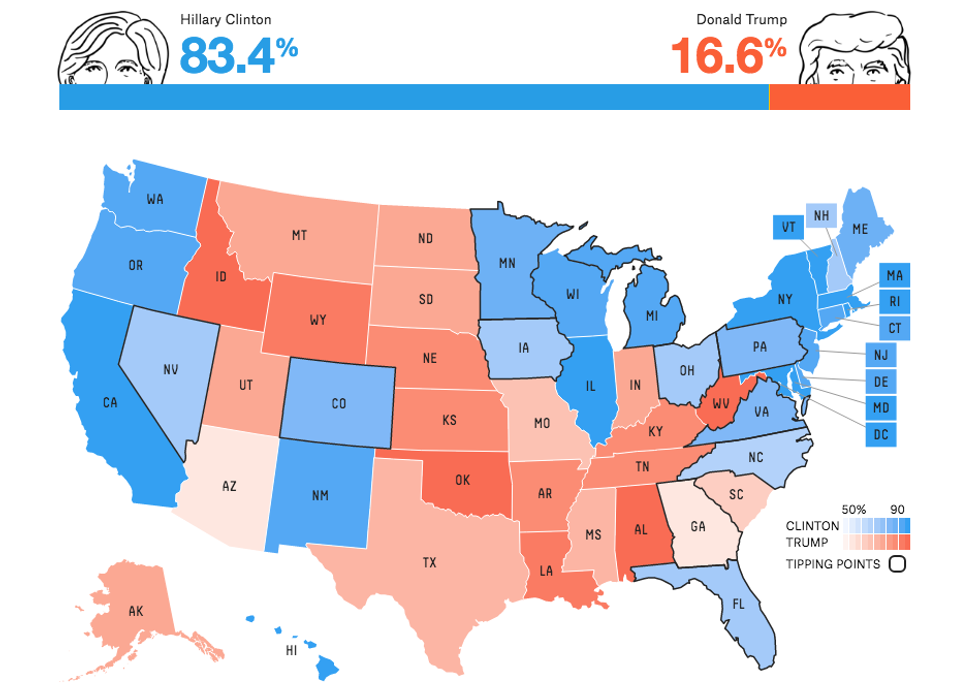
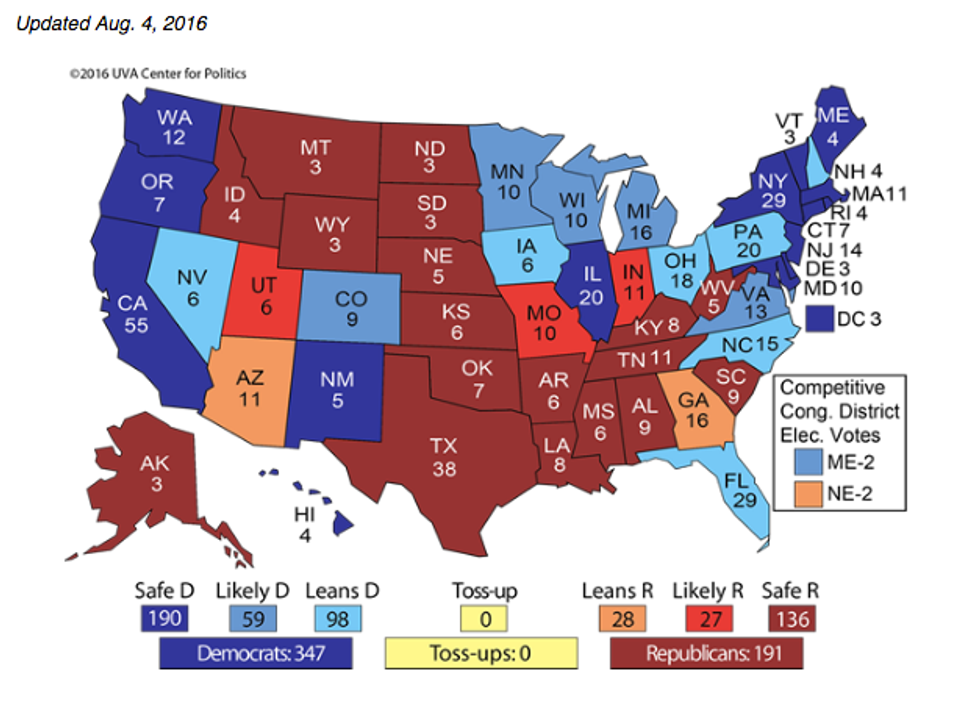
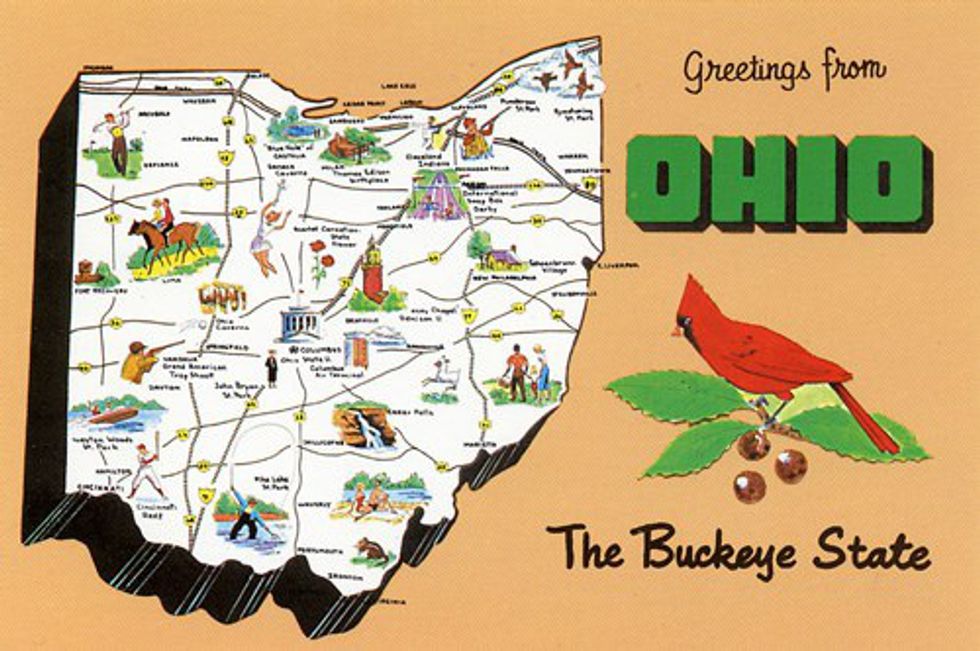
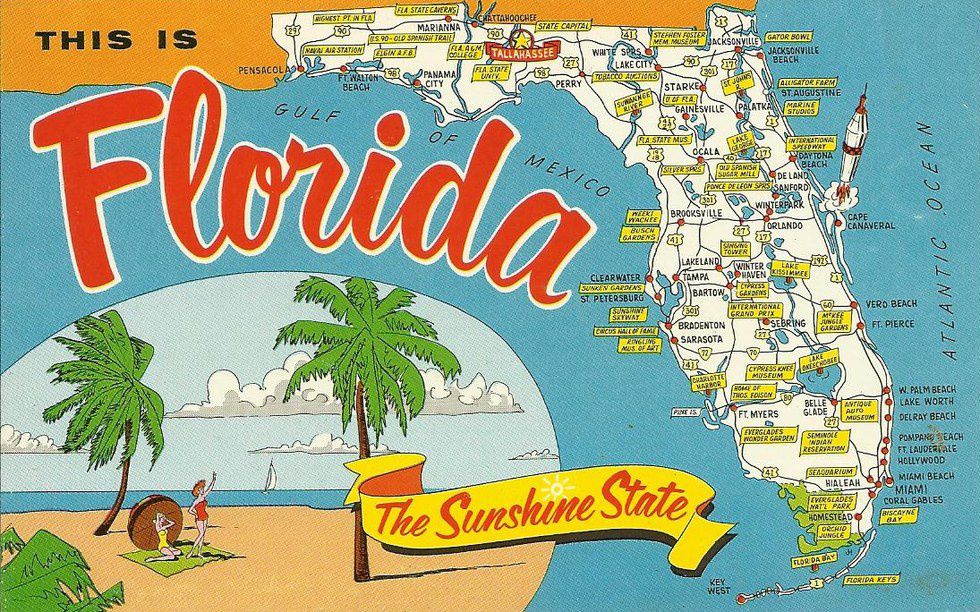
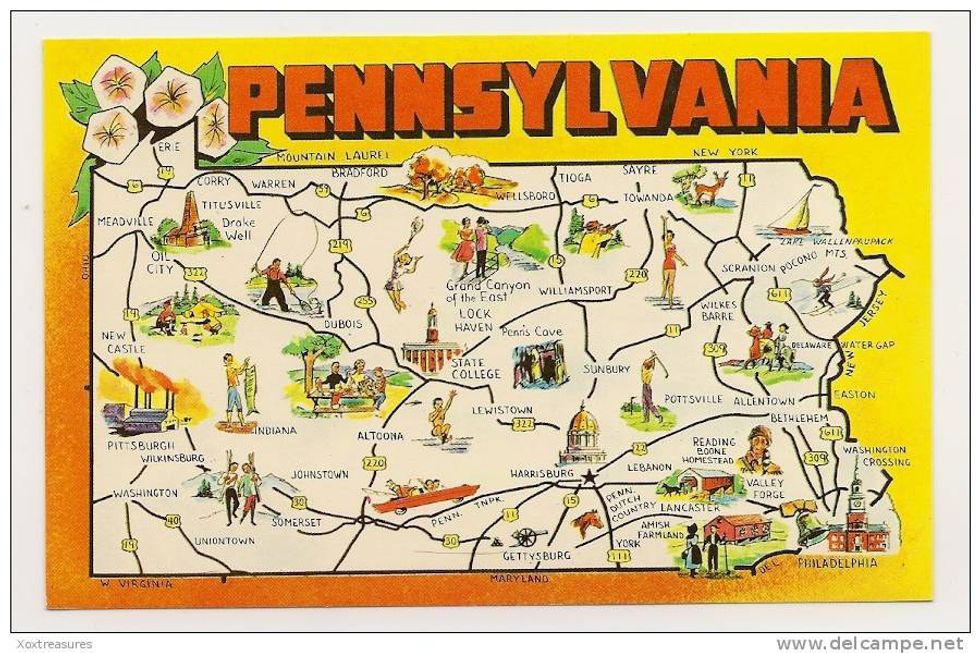
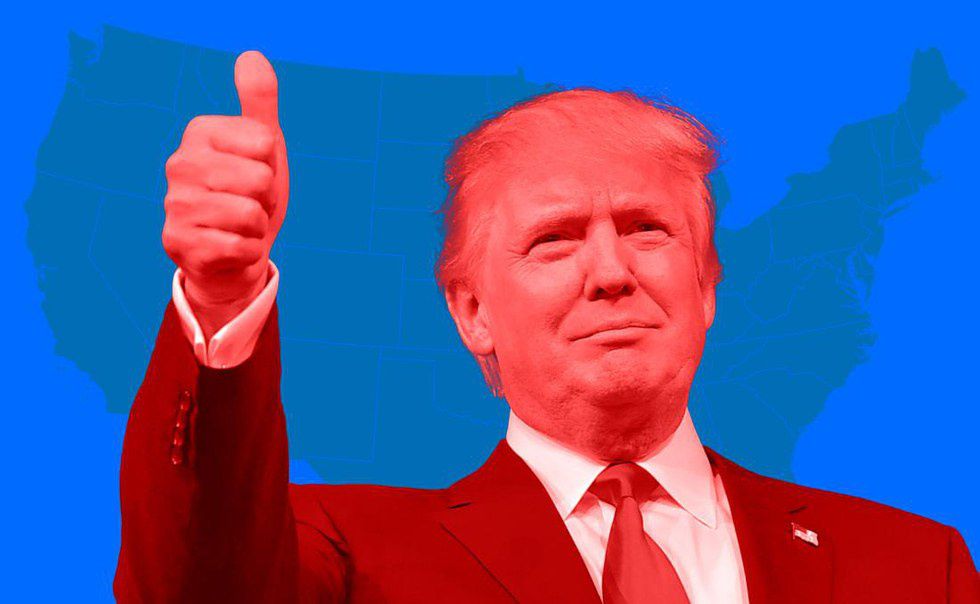
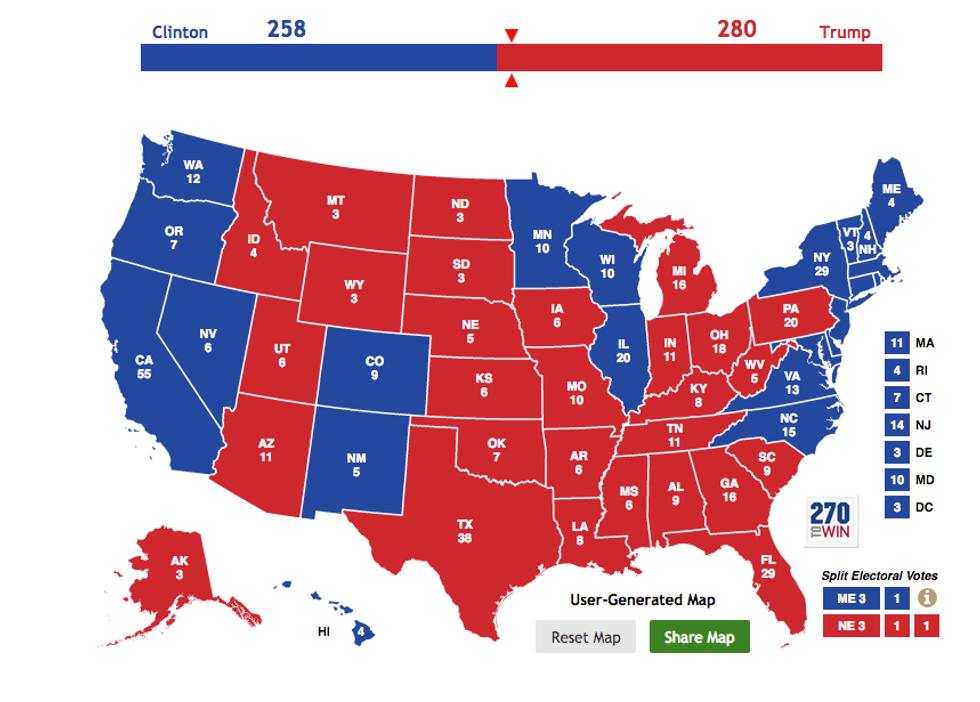
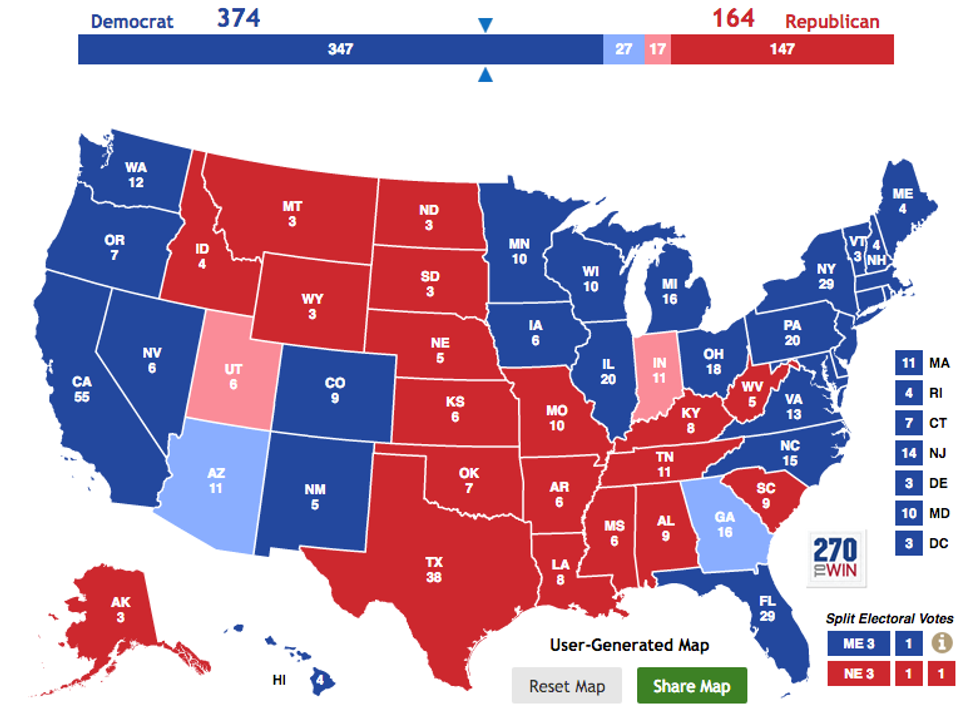


 Energetic dance performance under the spotlight.
Energetic dance performance under the spotlight. Taylor Swift in a purple coat, captivating the crowd on stage.
Taylor Swift in a purple coat, captivating the crowd on stage. Taylor Swift shines on stage in a sparkling outfit and boots.
Taylor Swift shines on stage in a sparkling outfit and boots. Taylor Swift and Phoebe Bridgers sharing a joyful duet on stage.
Taylor Swift and Phoebe Bridgers sharing a joyful duet on stage.













